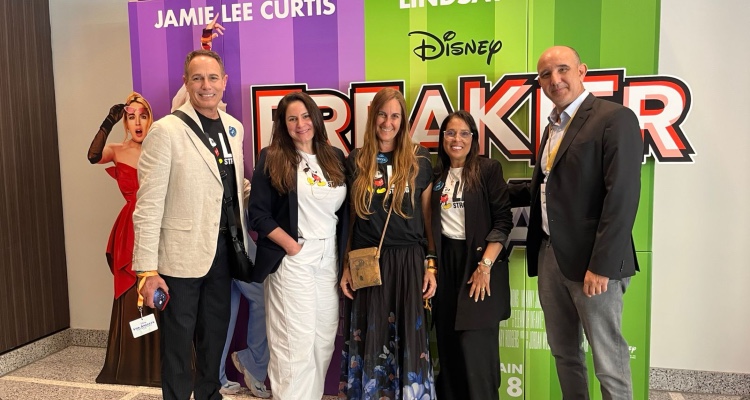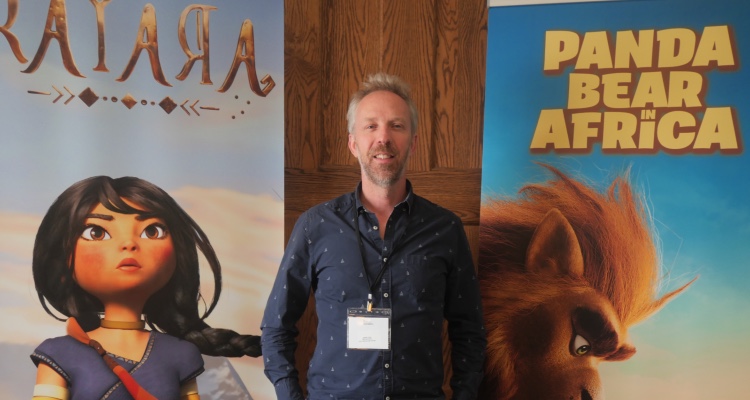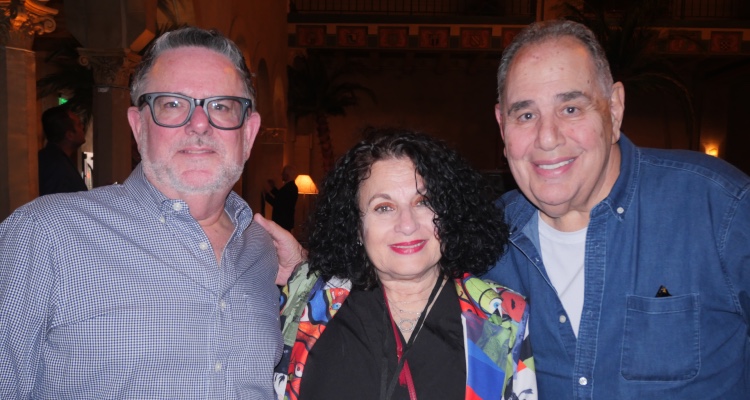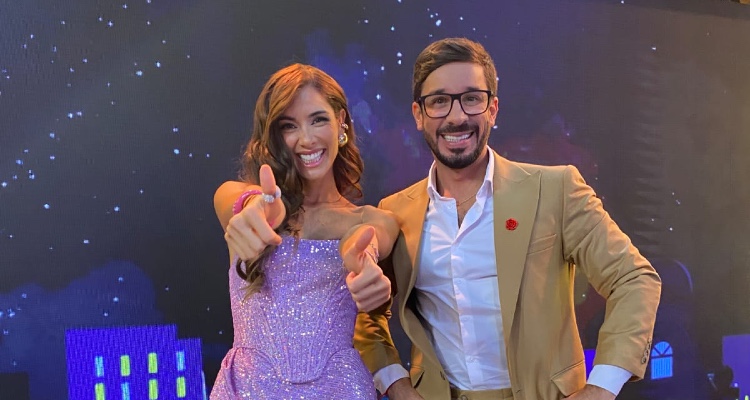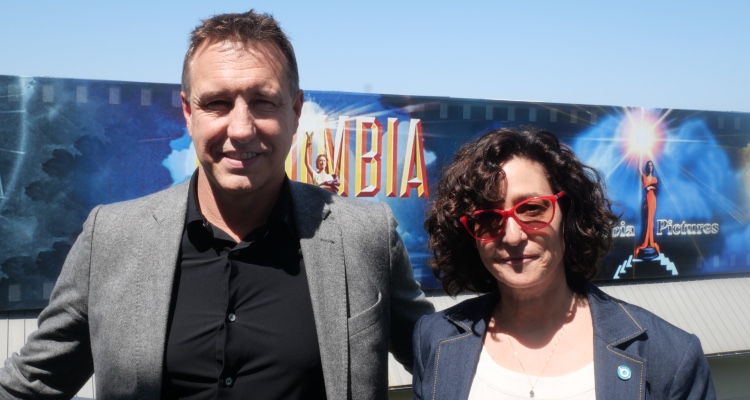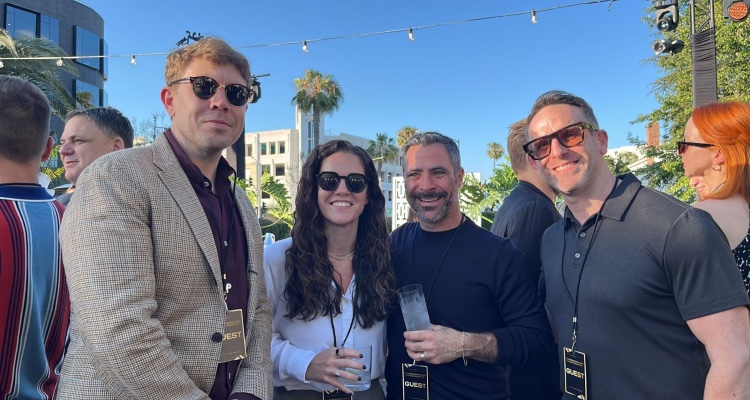The panel “From Theory to Practice: Applications of AI in Children’s Content Creation” at Kidscreen Summit 2025 brought together prominent industry leaders to discuss the integration of artificial intelligence in the development, production and post-production of children’s content. Moderated by Justine Bannister, the panel featured Philippe Alessandri (Watch Next Media), Tom Box (Blue Zoo Animation), Sixte de Vauplane (Animaj), Cathal Gaffney (Brown Bag Films/9 Story Media Group) and René Veilleux (Verité Entertainment).
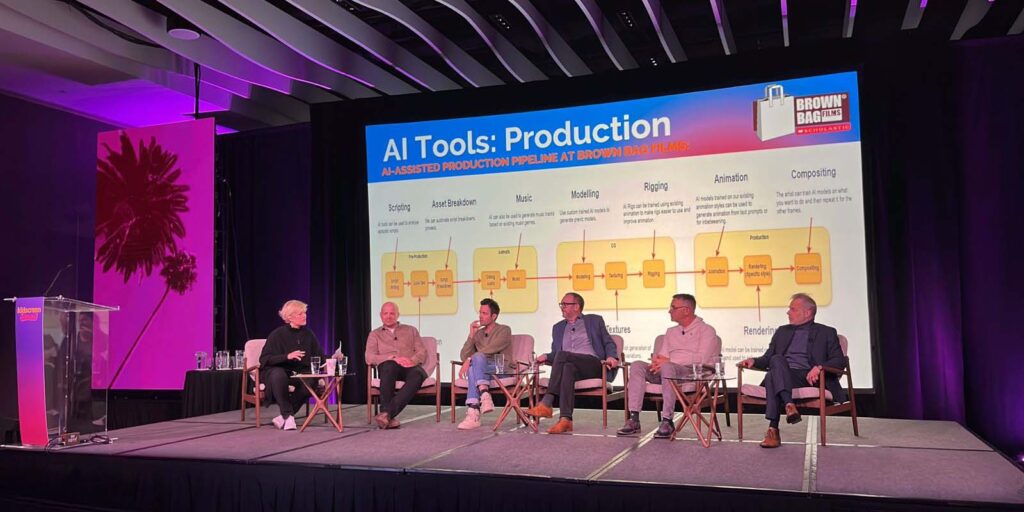
Tom Box highlighted how AI can serve as a support tool in creative exploration and script analysis, allowing teams to analyze and visualise concepts more quickly. ‘We don’t use AI to design, but as a communication tool to convey ideas more efficiently’ Box said.
Philippe Alessandri shared his experience of using AI to generate consistent images in 3D and 8D productions. However, he pointed out that, despite the advances, the human touch remains irreplaceable: ‘What a designer or design team can offer in terms of style is still superior.
Cathal Gaffney addressed the importance of transparency in the use of AI within the production process. He highlighted the development of internal tools for work optimization, including ‘BART’, a system that allows real-time monitoring of production and forecasting delays. ‘We have developed an ecosystem of tools that allows us to optimize times without compromising quality or replacing human creative work’Gaffney explained.
Sixte from Vauplane presented how Animaj has integrated AI in the transition from storyboard to 3D animation. He stressed the need to preserve the visual style of each character, using dedicated models to maintain the coherence of each production. ‘If you remove the animation style, you lose the essence of the character. Our AI is designed to respect those elements’said.
René Veilleux highlighted the role of AI in localization and dubbing, although he acknowledged its limitations in capturing nuances and emotions. ‘The human touch will always be needed to achieve profound interpretations’.
Finally, Philippe Alessandri addressed the issue of production costs in Europe and how AI can help increase efficiency. He explained the development of an animation asset reuse tool and automated lip-sync technology, which significantly reduces the time spent on animating dialogue.

